Renewal rates measure renewal performance and may indicate the number of contracts or revenue retained.
Once a company has established a service relationship with a customer the service renewal policies and practices it uses determine whether it sustains the relationship or puts the relationship at risk. Tracking service contract renewal performance is essential to help identify the factors that lead to customer retention and attrition. Measuring both the number of relationships and revenue are useful for providing insights in to the health of customer relationships.
- Contract Renewal Rate – This measures the percent of contracts due to expire that are renewed. Contract Renewal Rate provides a good indication about the number of relationships your able to sustain and can be particularly useful when attempting to identify attrition and retention trends. Contract Renewal Rates are also useful when performing segmentation analysis to identify relationship trends by customer type, geography, product family, length of relationship, etc.
- Revenue Renewal Rate – This provides an indication of how much relationship value is retained. This is critical for tracking the financial health of recurring revenue relationships. Revenue renewal can be applied to tracking Monthly Recurring Revenue (MRR) and Annual Recurring Revenue (ARR) by measuring what is expected to renew within a specific timeframe and comparing it to what actually renews. Unlike Contract Renewal rate, where 100% is the maximum performance level, Revenue Renewal can exceed 100% indicating that the value of an existing relationship has increase from the previous period.
Best Practices
- Establish both contract renewal and revenue renewal metrics.
- Monitor contract renewal rates to identify trends in relationship retention or attrition.
- Examine contract renewal rates by key customer segments to determine variations to retention or attrition performance by customer type.
- Compare contract and revenue renewal rates to indicate changes in buying behaviors.
- Measure the rate of growth or reduction in revenue month-to-month or year-to-year.
- Investigate the root cause for both loss and growth of revenue.
Performance Targets
| Lagging | Industry Average | Leading | |
| Contract Renewal Rate | < 82.4% | 82.4% | > 94% |
| Revenue Renewal Rate | < 85.6% | 86.5% | > 100% |




